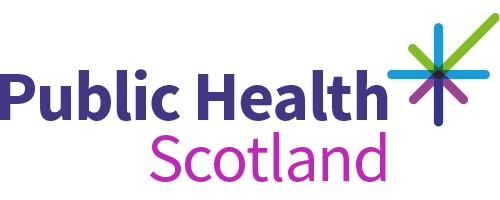Shingles vaccine coverage
PHS vaccination surveillance dashboard
An Official Statistics publication for Scotland
- Published
- 07 October 2025 (Latest release)
- Type
- Statistical report
- Author
- Public Health Scotland
About this release
This annual release by Public Health Scotland (PHS) within the PHS Vaccination Surveillance Dashboard provides information on coverage of shingles vaccination as of 31 August 2025. Coverage is the proportion of eligible individuals who have been fully vaccinated in the past, regardless of when they received the vaccine. This represents a snapshot at a single point in time. Please note that PHS previously published shingles vaccine coverage information in a joint publication including pneumococcal vaccine coverage information. Previous releases of this report can be found here Pneumococcal and Shingles vaccine coverage.
Main points
- As of 31 August 2025, coverage of the complete course of shingles vaccine among the eligible population in Scotland (aged 65 years, aged 66 years, aged 70 years, aged 71-79 years, or severely weakened immune system) was 69.4%.
- Coverage was 48.8% for the 65-year-olds, 60.3% for the 66-year-olds, 58.6% for the 70-year-olds, 78.1% for those aged 71-79 years, and for individuals with a severely weakened immune system, coverage was 60.1%.
- Coverage varied between health boards, ranging from 63.9% to 75.1%.
- Among the eligible population and using the Scottish Index of Multiple Deprivation (SIMD), individuals living in the most deprived areas were less likely to receive the shingles vaccine compared with individuals in the least deprived areas (57.3% vs. 77.9%, respectively), a difference of 20.6%.
- Analysing vaccine coverage by ethnicity is used to identify and address health inequalities, ensure equitable access to vaccines, and understand disparities in outcomes across different ethnic groups at a population level. This analysis allows for targeted interventions to promote vaccination and improve the health of all communities. Among the eligible population, the ethnic groups with the highest vaccine coverage were White British (75.0%), White Irish (72.9%), and White Scottish (71.6%). In contrast, the ethnic groups with the lowest vaccine coverage were Other - Arab, Arab Scottish or Arab British (42.3%), African - African, African Scottish or African British (37.8%), and White Polish (27.1%).
- The Scottish Government Urban Rural Classification provides a consistent way of defining urban and rural areas across Scotland. It is based on a location’s population and accessibility, using drive time to differentiate between accessible and remote areas in Scotland. For further information see the Scottish Government Urban Rural Classification 2022 - gov.scot. Coverage differed for individuals living in areas of different urban rural classification. Coverage was highest in accessible rural areas, and lowest in very remote small towns (65.7% vs. 72.0%, respectively).
Background
The shingles vaccine can reduce the risk of getting shingles and the risk of complications. The main complication from shingles is post-herpetic neuralgia, a neuropathic pain that can persist for months or years and the risk and severity increase with age. Further information about eligibility and getting the shingles vaccine is available on NHS inform and from the Chief Medical Officer for Scotland letter on shingles vaccination.
Further information
You can access the interactive dashboards on the PHS website PHS Vaccination Surveillance Dashboard.
The next release of this publication will be October 2026.
General enquiries
If you have an enquiry relating to this publication, please contact Christopher Sullivan at .
Media enquiries
If you have a media enquiry relating to this publication, please contact the Communications and Engagement team.
Requesting other formats and reporting issues
If you require publications or documents in other formats, please email phs.otherformats@phs.scot.
To report any issues with a publication, please email phs.generalpublications@phs.scot.
Older versions of this publication
Versions of this publication released before 16 March 2020 may be found on the Data and Intelligence, Health Protection Scotland or Improving Health websites.
